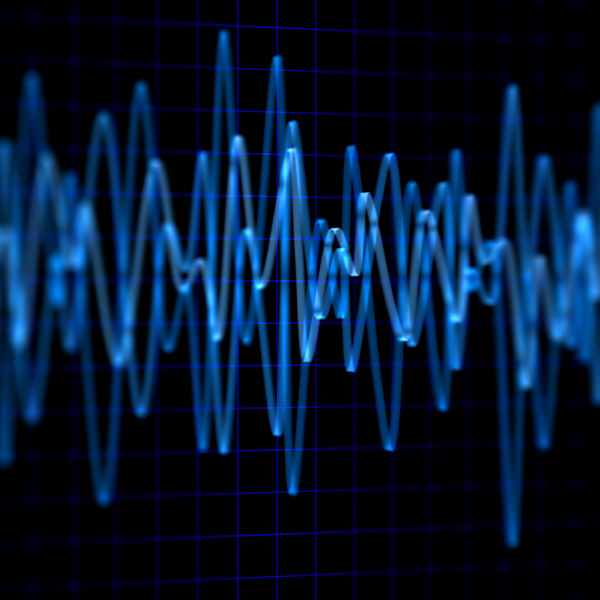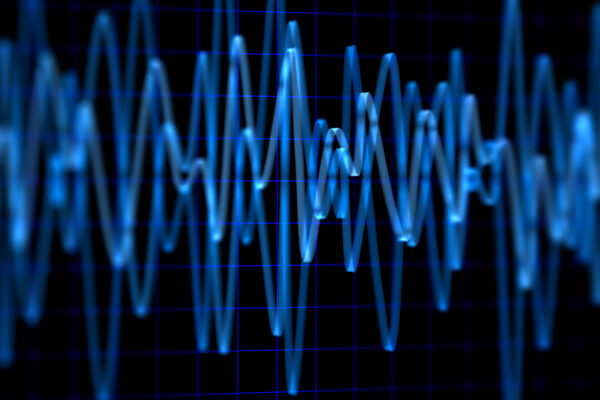Based on the natural concept of echolocation employed by species such as bats and dolphins, this device enables visually impaired users to hear the echo bounced back from objects and structures in their surroundings.
Proposed Use
The present invention would serve as a wearable device for the visually impaired to aid in the performance of daily tasks by helping them navigate and identify objects in their environment. With limited training, approximately 20 minutes, users are able to process echo signals to sense objects and their features such as distance, position, motion, size, shape, and type of material.
Problem Addressed
Navigation for the visually impaired is a pressing challenge during daily life. Currently, a walking cane is commonly used to aid navigation. Although it is proven to be effective for most people, a cane cannot aid in constructing a complete spatial surrounding for the user, as it cannot be used to detect objects that are higher above ground or at greater distances. Ultimately, this presents many risks to visually impaired individuals and may interrupt the flow of their activities.
It has been reported that some visually impaired individuals are able to echolocate themselves independent of supporting technology; however, this skill is exceedingly difficult to learn in practice, as echo signals are often weak and human audio sensing tends to filter out echo signals. This wearable system is designed to generate and amplify echo signals and enable the user to use their sense of hearing to perceive the spatial environment around them.
Technology Overview
This device enables the visually impaired user to hear the echo bounced back from the objects and structures in the surrounding environment, allowing the user to perceive their spatial environment. To enable echolocation, the device can be worn as a headband or headphones, equipped with an audio transmitter. The present invention is also equipped with a trigger switch (held by hand) which emits a ‘click’ sound signal for a 1 ms period at a 1 KHz frequency. Both the emitting signal – the ‘click’ – and the receiving signal – the echo – are audible to the user. In this way, the user can perceive objects and structures in their local environment.

Schematics depicting digital designs for the wearable devices, including the audio transmitter headband and handheld trigger.
Benefits
- Environmental navigation without the need for a walking cane
Sensing distant and above ground objects
Enhancing patients’ sensory perception to improve independence
Developmental Stage
- TRL 2-3
The concept and design are patented but further research is needed to develop a prototype and to clinically validate the technology
Intellectual Property Information
This technology is the subject of a published PCT patent application – WO2022233981 – providing worldwide protection.





